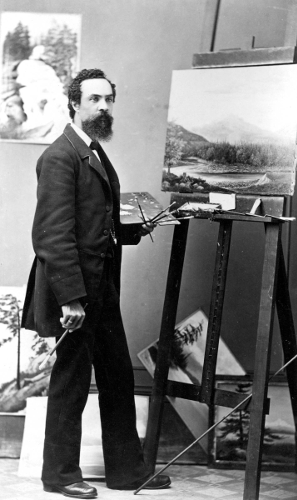Issues for Racially Diverse Families
A Research Project for the Capital Region Race Relations Association, Victoria [Canada]
2003
41 pages
Elias Cheboud (1959-2010), Adjunct Professor of Social Work
University of Victoria, Canada
Christine Downing, Project Coordinator
Multiracial Family Project
This report explores the experience of members of racially mixed families in Victoria, BC. Six themes were identified:(1. Identifying Self, 2. Being In Racially Mixed Family In Victoria, 3. The Challenges, 4. Access For Support, 5. Acceptance, 6. Gaps In Service And Resources). Then reference was made to the heuristic method, chosen to verify the process and to understand the meaning of these lived-experiences.
Most participants in this snapshot study have described encountering numerous barriers as part of a racially mixed family or as individuals living in Victoria. This could be due to everyday racism and discrimination that has closed their access to social services and resources. Interestingly, isolation, identity confusion and an impaired sense of belonging were common experiences reported by adults and children. As a result, for participants to seek resources and services, it has been difficult due to their uniqueness and inability to fit to the existing service and resource categories. The significance of this finding means participants are struggling to adapt their identity to fixed notions of identity (ie. “Chinese”, “Black”) in order to access services and/or seek resources.
What was fascinating in this study was that some individuals who chose to marry into different racial/ethnic backgrounds were rejected by their family of origin and as a result they became isolated from their community. Whereas some individual’s experiences regardless of racial/ethnic mix were positive, the family and community relationships remained solid. Based on this study, we conclude that racially mixed families in Victoria are lonely and the isolation experienced by their children is more serious due to the outright rejection of the community they live in.
The findings presented here are comparable to identity patterns explanations (individual, cultural, and social, as well as political issues) found in the literature. Furthermore, the extracted meanings have confirmed sources of identity as being congruent to the adopted theory of this research (explain briefly locational theory). This study is very important to all professionals as well as to human services agencies. Both human service agencies and professionals could refer to these participants’ patterns of experiences of reforming identities which serve as a guideline to help and provide services appropriately. We believe that we have exposed the need to facilitate this awareness and sensitivity to gain further knowledge about racially mixed people in Victoria. This research confirms commonly held assumptions about identity and associated stresses for racially mixed people. This research will serve to identify the various locations held by racially mixed people in the community as well as their unique needs which may ultimately help to bridge the gaps in knowledge about racially mixed families in Victoria.
The following recommendations are suggested to address these concerns:
- Development of an educational, information and resource center in Victoria.
- Development of support groups to address concerns brought up in the study
- Province wide research (both qualitative and quantitative)
- Extended training for professionals and service providers at all levels in community and government agencies.
Read the entire report here.

